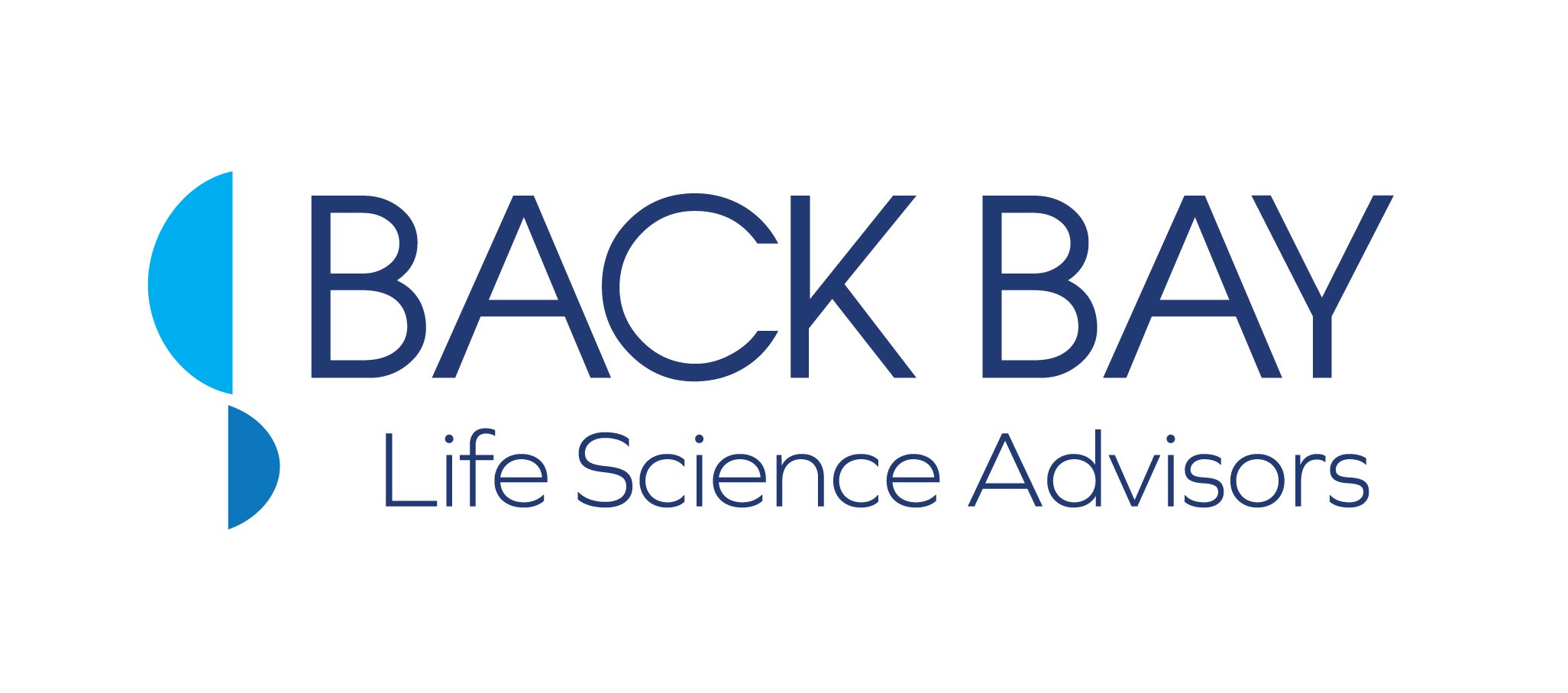Proving the Promise of Gene Replacement and Editing in Treatment of Inherited Blood Diseases
By Peter Bak, PhD
Treatment of inherited blood diseases has long been seen as a prime therapeutic area to prove the promise of gene replacement and editing therapies. We work closely with clients developing novel and transformative medicines, and we have kept a close eye on the gene therapy and editing space, in particular the development within β-thalassemia and Sickle cell disease. In 2022 there were several important events within the space, in particular movement in the commercial, regulatory, and clinical front. The coming year will be critical in understanding how this highly scrutinized field will evolve.
Transfusion dependent β-thalassemia (TDT) and Sickle cell disease (SCD) are two diseases where replacement or repair of genes resulting in restoration of functional hemoglobin has the potential to transform the natural history of both diseases. There is significant unmet need here, as people with SCD may have a shortened life span of 20-30 years less than people without SCD, according to the CDC. For those living with TDT, advances in treatment mean longer lives and management of multiple co-morbidities, including the need for chronic transfusion.
In therapeutic areas needing a “quick win,” these two indications will be the proving ground for the commercial launches of a number of highly anticipated therapies. 2022 saw Bluebird’s FDA approval for Zynteglo in TDT, a product that adds functional copies of the β globin gene to a patient’s stem cells ex vivo, which is then re-infused into the patient. Previously approved in the EU in 2019, the product was withdrawn as the company was unable to reach agreements with regional authorities for reimbursement of the product. With a $2.8M price tag, Bluebird has begun commercial rollout in the US with a value-based agreement, and as of January 2023, 40 patients are in the pipeline for reimbursement pre-approval. As a follow up to launch in TDT, Bluebird plans to file for approval of a similar approach in SCD during the 1st quarter of 2023.
While the Bluebird product introduces a functional gene to a patients’ cells, there are additional gene editing assets using CRISPR/Cas technologies that have read out positive data in SCD/TDT. CRISPR Therapeutics and Vertex reported data on the durability of CTX-001 (Exa-cel) in 44 TDT patients, of which 42 were transfusion free and some for over 3 years. For the 2 patients who were unable to achieve transfusion independence, they saw substantial reductions in the frequency of infusions. The companies also reported Exa-cel data in SCD, wherein all 31 patients in the trial had no severe vaso-occlusive crises (VOC), with the earliest patient not having had a severe VOC in 32 months. As a result of this, the companies have begun a rolling submission of data with expected completion of the data package in Q1 2023. In December 2020 Editas also reported initial data from EDIT-301 in two patients with SCD. Both dosed participants were free of vaso-occlusive events (VOCs) since start of treatment (5 months and 1.5 months follow up, respectively) and level of Fetal hemoglobin (HbF) reached 45.4% at month 5 for the first patient, on par with other genetic therapies.
These ex vivo gene therapies require collection of a patient’s hematopoietic stem cells, in which the therapeutic gene or editing technology is introduced to the patient’s cells outside the body and subsequently re-infused into the patient. In order to make “room” for the modified cells, existing cells must be removed from the individual’s bone marrow- a process that requires harsh chemotherapeutic approaches, known as “conditioning.” In order to lessen the burden of these treatments a number of companies are developing less harsh conditioning approaches. One approach uses targeted mAbs to ablate bone marrow cells as an alternative to chemotherapies such as busulfan. Jasper Therapeutics announced positive data for their CD117 targeted mAb, briquilimab, in the transplantation process in patients with SCD and TDT. In a cohort of SCD patients, all three patients had successful engraftment of health cells within their bone marrow after conditioning with briquilimab. However, other approaches have not fared as well. Magenta’s Therapeutics’ MGTA-117, also targeting CD117, is under development for conditioning in hematology conditions such as SCD/TDT as well as oncology settings such as AML. Magenta reported a patient death in its Phase 1/2 study in AML, and subsequently announced it would halt opportunities and explore potential merger candidates.
Given the interest in this space there are other players developing products for these indications earlier in the pipeline. For example, another gene editing company, BEAM, has initiated enrollment of the BEACON-101 study to test its base editor approach. This Phase 1/2 study in SCD and expects to complete enrollment of this trial. Within an active pipeline, early commercial news flow, impending regulatory approvals, and continued clinical data emerging, 2023 could be a watershed year for the gene therapy and editing space. With many products expected to achieve blockbuster status and serve as a test case for products with a complex treatment regimen and high price tags, we will be keeping a close eye on this space as it impacts subsequent clinical development, investor, and partnering strategies within the gene therapy and editing space.
